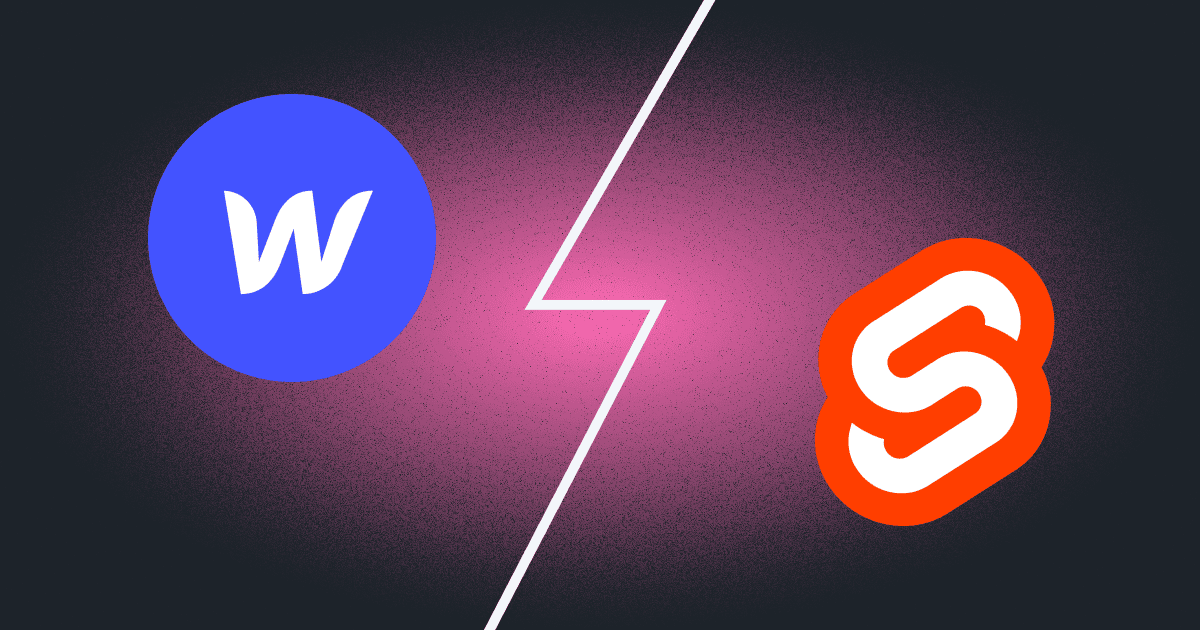
Technologies I’m planning to use in 2024
Here is a concise list of technologies and tools I plan to leverage for website development in 2024.
Webflow: Empowering "No Code" Development
Webflow remains my primary choice for constructing "no code" sites in 2024.
While Webflow faces increasing competition, other options exist, and the future promises interesting developments. As of now, I find no compelling reason to shift, given that competitors lack clear advantages over Webflow.
Navigating Challenges
One drawback of "no code" development is encountering situations that are challenging or, at times, impossible to overcome.
Fortunately, such scenarios are infrequent. "No code" platforms comfortably address approximately 80% of requirements, with additional customization possible through CSS and JavaScript. For those seeking advanced capabilities, however, "no code" solutions may not be the most suitable.
Performance Concerns
Performance remains a notable challenge in the realm of "no code." Factors contributing to low site performance include heavy assets like images and videos, as well as third-party tools such as Google Tag Manager, Analytics, and HotJar.
Moreover, "no code" platforms may introduce additional performance-related issues, such as loading unnecessary scripts or animations, or applying the entire CSS file to all pages rather than selectively.
Advantages Persist
Despite these challenges, "no code" retains its appeal for several reasons:
- There is no need for extensive coding expertise; it is suitable for beginners.
- Easy initiation of new projects.
- Cost-effectiveness.
- Time savings in development and maintenance.
SvelteKit: Out of many, one.
In the expansive world of front-end frameworks, SvelteKit stands out for its simplicity, high performance, and robust ecosystem.
While NextJS and Astro are commendable options, I favor SvelteKit for its seamless developer experience.
For content management (CMS), I've opted for Hygraph due to its user-friendly interface and robust capabilities. While Markdown offers limitless possibilities, its lack of intuitiveness makes a CMS a more practical choice for most users.
Styling is efficiently accomplished with TailwindCSS, recognized for its effectiveness.
To enhance user interactions, Motion One serves as my animation library of choice, offering a compact size, user-friendly interface, and optimal performance.
Challenges of Code
Notwithstanding its strengths, code has its challenges:
- Proficiency in CSS and JavaScript is essential, or expertise must be outsourced.
- Initial setup may be slower compared to "no code" alternatives.
In Conclusion
As a website developer, I find fulfillment in both code-based and "no code" projects. Personally, I lean towards "no code," but I recommend code for those with the resources and time, as the long-term benefits are substantial.
P.S.
The quest for an ideal solution that combines the ease of "no code" tools with the performance and flexibility of code continues. In 2024, I am closely looking at builder.io. While it may not be fully ready, its potential is intriguing.